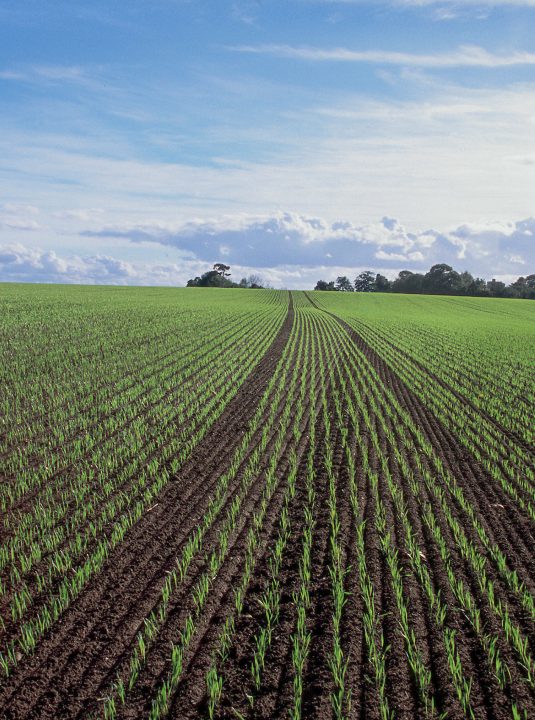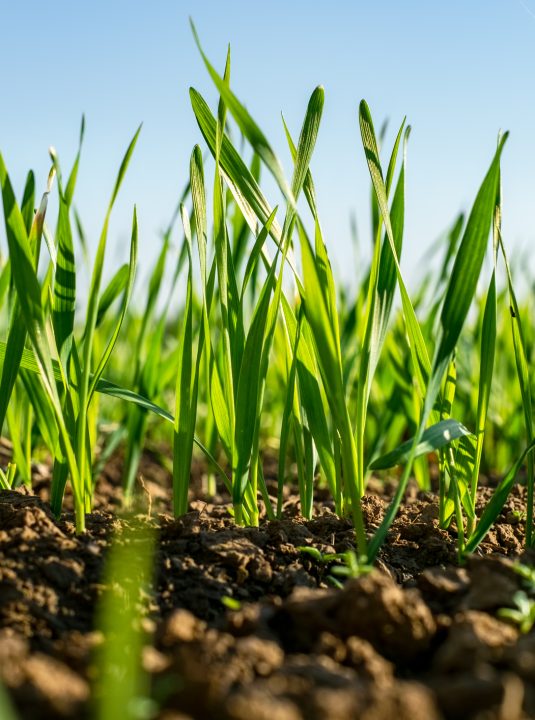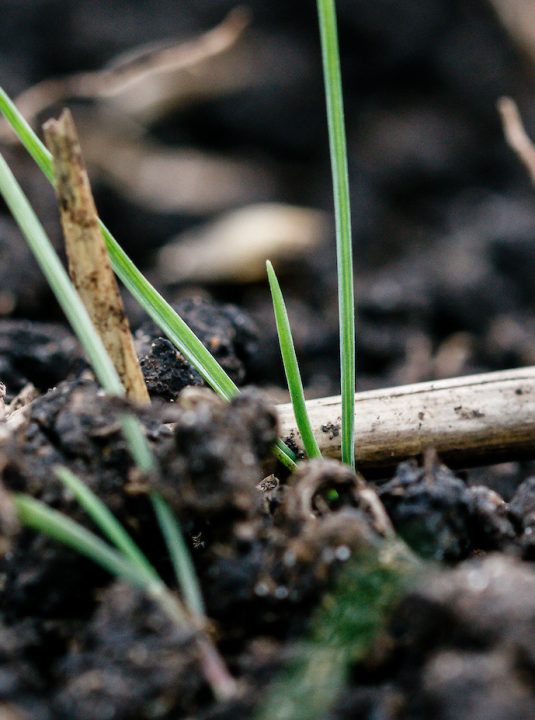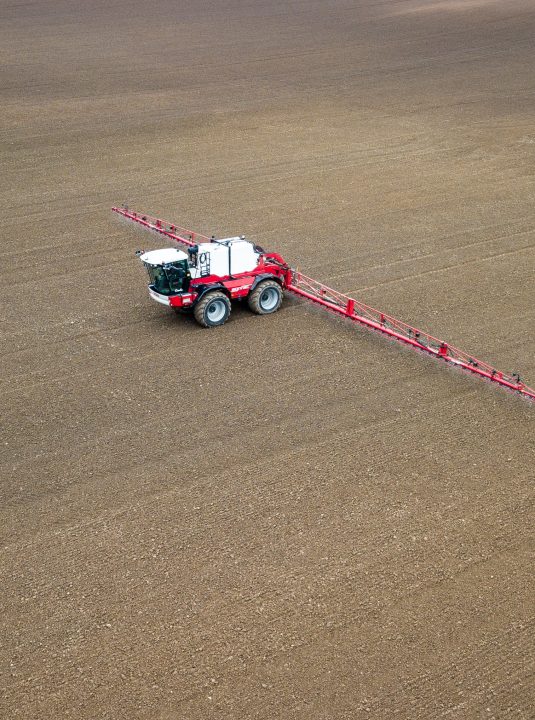How can you keep weeds at bay this spring? As warmer weather arrives and the season gets underway, we explore here the role of adjuvant Backrow in boosting the performance of pre-emergence herbicides on farm to optimise early weed control.
Right time, right place
Bumper harvests are made in spring. Where every kilo counts, optimising a fit and healthy crop free from weed and disease competition is absolutely essential. Of course, this is easier said than done. As certain species become resistant to herbicides and fungicides, restrictions tighten and active ingredients disappear from the crop protection toolbox, the job certainly isn’t getting any easier for farmers. If conditions are challenging during application, as they so often are these days, things become even more stressful. Plants struggle, workloads rise and yields fall. There isn’t much we can do about the weather. What we can do is make sure that crop protection products are delivered to the right place, at the right time – and that the tools we have are working as hard as possible. This is where adjuvants are worth their weight in gold. Employing a suitable adjuvant ensures herbicides and fungicides are delivered exactly where needed, maximising effectiveness and protecting yield. For those looking to get the most out of rotational weed control this spring, they are practically a secret weapon.
Kick-start your weed control programmes
We know that spring crops are limited in their post-emergence armoury. To give your plants the best start in life, it’s a matter of control. While the majority of black-grass germinates in autumn, the startling truth is it only takes 12 plants/m² to reduce yield by as much as 5% and power seed return of an eye-watering 144m seeds per hectare. Pre-emergence residual herbicides need to be applied with precision in problem fields to protect yield, keep on top of populations and prevent issues in the next crop. Working in lighter soils, getting rid of spring germinators early – like knotgrass, black bindweed and redshank – defends sugar beet, potatoes and the like – crops where early establishment, free from weed competition is vital to protect yield. During the pre/peri-emergence spray timing your aim is to get maximum coverage with the spray and retain the herbicide in the top 5cm of the soil to control new flushes of germinating weeds that may appear over time. This can be challenging for three reasons:
-
Coverage can be compromised by drift, reducing the applied dose, missing parts of the soil altogether and allowing weeds to germinate and outstay their welcome.
-
The dry soils typically seen in spring have an impact on performance.
-
Levels of moisture in the soil can affect retention and therefore leach the potential of the herbicide.
Designed to reduce drift, a low-drift nozzle produces bigger droplets but reduces coverage –meaning we still have problems two and three to deal with. This is where a residual herbicide adjuvant like our Backrow product can help. Adding Backrow to spray water both reduces drift and improves coverage.
Backrow helps soil retain herbicide and moisture in the top 5cm of soil for up to eight weeks and prevents herbicides leaching to groundwater or the roots of the crop itself. Used in this way, Backrow improves the efficacy and longevity of weed control and general crop safety, particularly in light soils. Field-scale research on onions has shown that where Backrow was applied pre-emergence, the leaching of all subsequent crop protection products was dramatically reduced. Follow-up work using lysimeters in a controlled environment revealed that the product upped water retention by 33% and diminished leaching by an incredible 62%.
Four ways Backrow can help increase overall weed control
Adding Backrow to your weed control has four central benefits:
- Increases contact between the herbicide and the weed
- Increases effectiveness of the herbicide in dry conditions
- Increases longevity of weed control
- Improves crop safety
Backrow supercharges black-grass control by an average of 9%
Over the past nine years, replicated trials have been carried out with a range of herbicides applied both pre and peri-emergence. The results of these trials have shown conclusively that Backrow advances the performance of herbicides by an average of 9%. Let’s crunch the numbers; for a black-grass population of 500 heads per m², 9% means a yield benefit of 0.45 t/ha, or to put it in financial terms, a margin of roughly £80/ha. Importantly, it also means a reduction in black-grass seed return to the tune of 270,000 seeds per hectare (based on seed viability of 60%), protecting future crops from competition.
Our top tips – how to get the best out of your pre-emergence herbicides this spring?
- Choose your crop protection carefully and make sure it is applied in the right place, at the right time.
- Incorporate a suitable adjuvant to ensure your herbicides are working as hard as possible.
- Aim for the highest levels of control when applying pre-emergence residual herbicides to give crops the best possible start in life.
- A good offence is the best defence. Use pre-emergence herbicides in problem fields in the spring to keep on top of weeds and safeguard against issues in the next crop.
- Rid lighter soils of spring germinators like knotgrass, black bindweed and redshank as early as possible. In crops like sugar beet and potatoes, doing so is crucial to protect yield.
- Pre/peri-emergence, choose a low-drift nozzle and aim for max coverage. Adding a residual herbicide adjuvant like Backrow can help optimise soil coverage and retain herbicide and moisture in the top 5cm of soil for up to 8 weeks.













